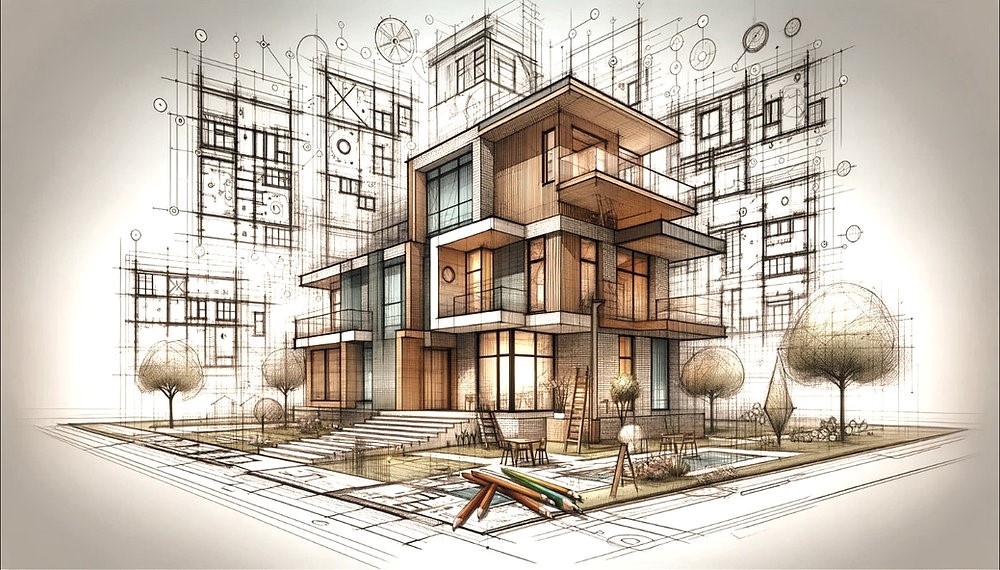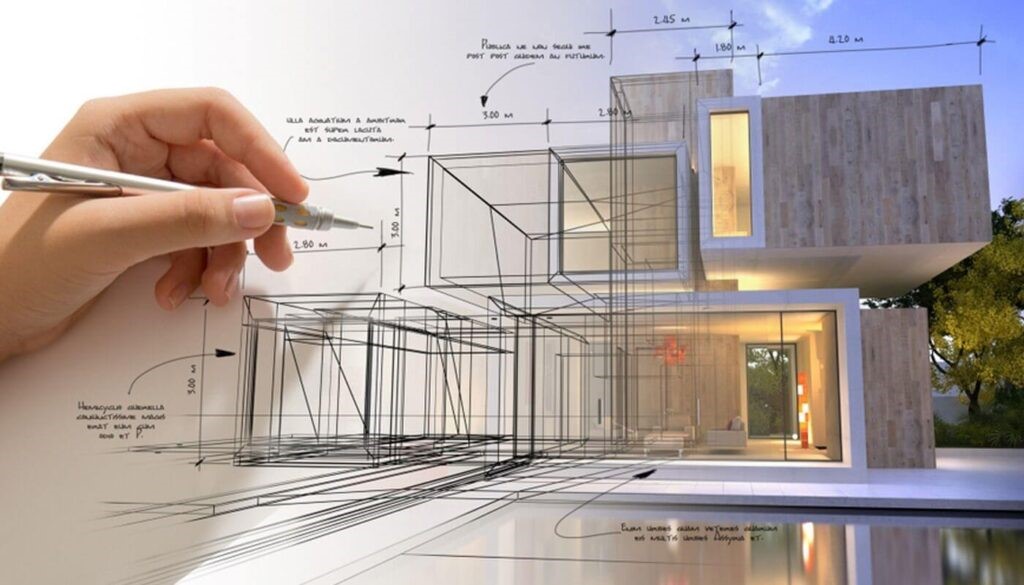Unlocking the Future of Architecture: The Power of Building Information Modeling (BIM)
In the ever-evolving landscape of architecture, Building Information Modeling (BIM) stands out as a transformative force. As projects become increasingly complex and demands for efficiency rise, BIM offers a collaborative platform that enhances design, construction, and management processes. This blog delves into the essentials of BIM, its advantages, and what the future holds for architecture.

Building Information Modeling (BIM) is a digital representation of the physical and functional characteristics of a facility. It serves as a shared knowledge resource for information about a building, forming a reliable basis for decisions during its life cycle—from inception and design through construction and operation.
Key Benefits of BIM in Architecture
1. Enhanced Collaboration
BIM promotes seamless collaboration among architects, engineers, contractors, and clients. The centralized model allows stakeholders to work on the same platform, minimizing misunderstandings and enhancing communication.
2. Improved Design Accuracy
With 3D modeling and detailed visualizations, architects can identify potential design flaws early in the process. This leads to more accurate designs and reduces costly changes during construction.
3. Increased Efficiency
BIM streamlines workflows by automating repetitive tasks and providing tools for efficient project management. This not only saves time but also helps teams stay on budget.
4. Lifecycle Management
BIM extends beyond design and construction. It aids in facility management by providing data that helps in maintaining and operating the building efficiently over its entire lifespan..
5. Sustainability
By simulating different scenarios and evaluating energy use, architects can design more sustainable buildings. BIM tools can help analyze the environmental impact of materials and energy consumption.

The Future of BIM in Architecture
As technology continues to advance, the future of BIM in architecture is promising:
Integration with AI and Machine Learning
The incorporation of AI can enhance predictive analysis and automate design adjustments, making BIM even more efficient.
Virtual and Augmented Reality
These technologies can provide immersive experiences for clients and stakeholders, allowing them to visualize projects in real-time before construction begins.
Cloud-Based Solutions
As cloud technology evolves, BIM platforms will become more accessible, enabling remote collaboration and real-time updates.
Interoperability Standards
As more tools and technologies integrate with BIM, the development of industry standards will ensure compatibility and streamline workflows across different software.

Building Information Modeling is not just a trend; it's a fundamental shift in how architecture is approached. As the industry embraces BIM, architects and stakeholders can look forward to a future where collaboration, efficiency, and sustainability are at the forefront of design and construction. By harnessing the full potential of BIM, the architecture of tomorrow is set to be smarter, more responsive, and more sustainable than ever before.